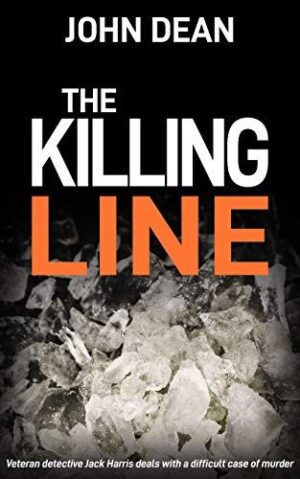Standing in your characters’ shoes, by John Dean

As a writer, I have always been interested in triggers – the images, concepts, places, people and utterances that evoke reactions in your reader.
That reaction will often be based on something that the reader has actually experienced, or maybe something they dread ever having to experience. It is why crime, horror and ghost stories work so well.
I was thinking about this because, in writing the latest DCI Jack Harris novel, I found myself stuck at the start of what should have been an important scene that wrote itself.

Then came the trigger. I thought ‘how I would feel in the situation in which my detective found herself? How would I react to the person that she was questioning?’
Putting myself into the shoes of the character worked wonders. It led to me being convinced that the interviewee was concealing something.
The result? New impetus for the story, a new plot possibility and the challenge of depicting in an unsympathetic way someone for whom the reader should feel only empathy based on previous events in the story.
Yes, it means that you are messing about with the reader’s head, challenging their preconceptions; yes, you may be presenting them with conflicts that remind them of difficult events in their own lives, but isn’t that sometimes what writing is about?
If every story, every book, was about sugary-sweet people in lovely situations, then writing could never really move the reader as it should.
Let’s be honest, everyone has a dark side and it is the crime writer’s job to explore it and use the information to trigger a response in the reader.
John Dean’s most recent DCI Harris novel was The Killing Line (The Book Folks), available in ebook and paperback. Find out more about him here.

Join the CWA
Become part of a thriving community of successful crime writers with invaluable support, expertise and marketing opportunities for all our members.


